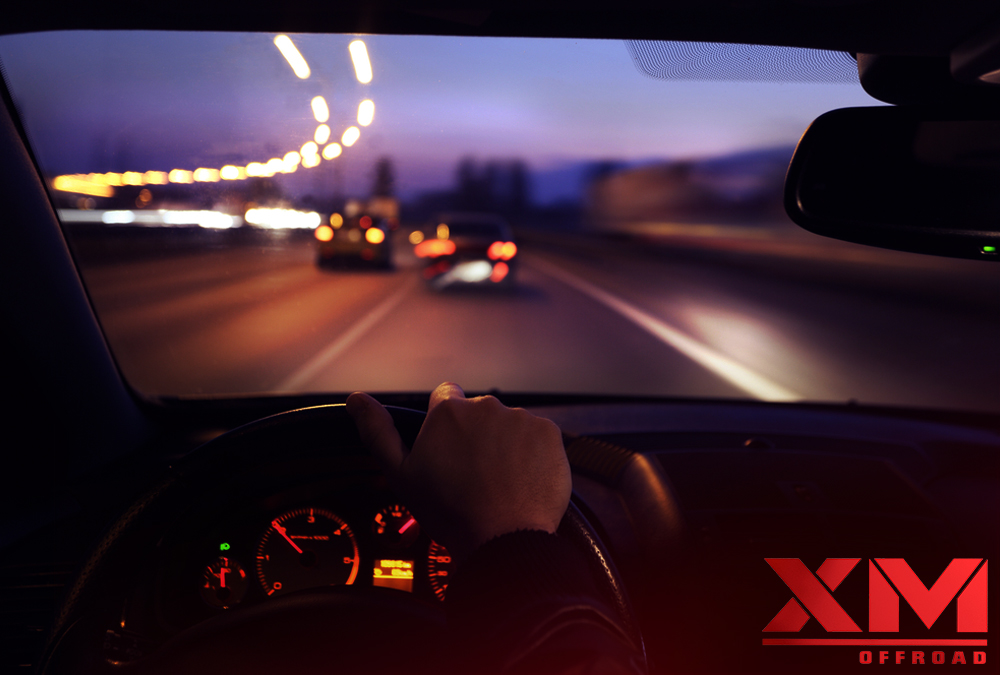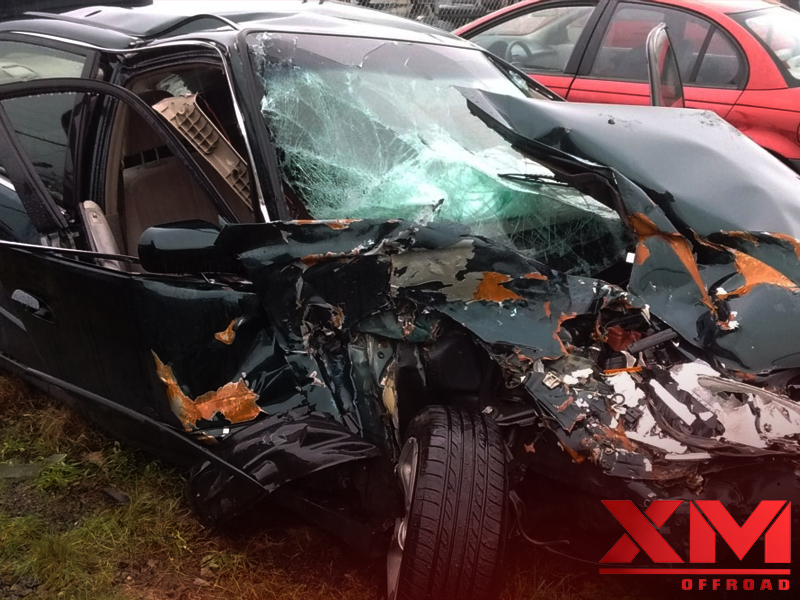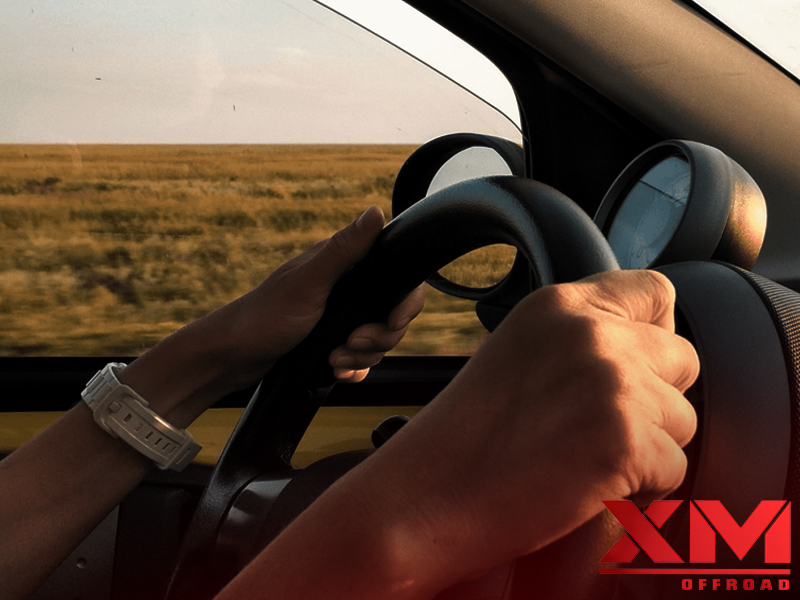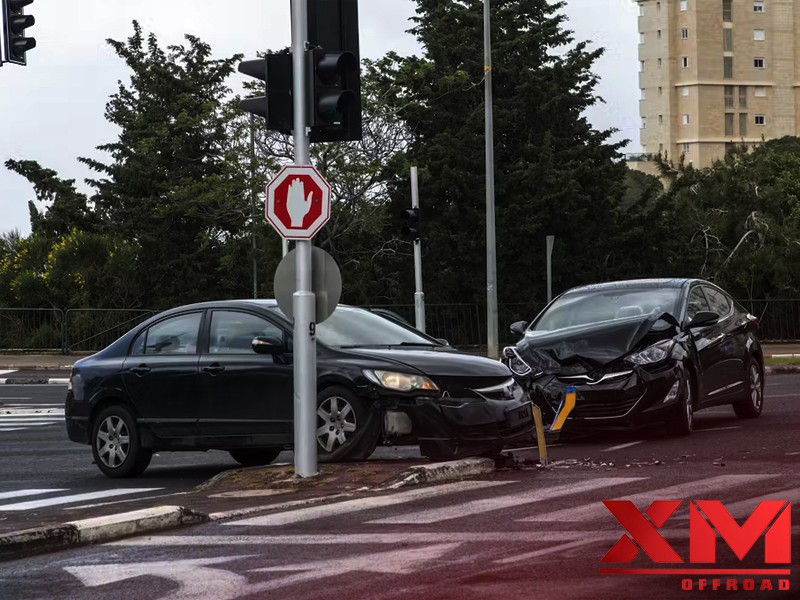
10 Most Common Driving Errors That Can Cost Your Money and Life
There are a lot of driving errors that you might make. While most of these mistakes aren’t serious and cause little to no harm, some can be deadly.
Slamming on the brakes or coming to an abrupt stop is one of the most common driving errors and leads to one of the highest rates of car accidents. Slow down and give other drivers a chance to react and adjust accordingly.
Even if you’re a seasoned driver, you can still make mistakes that cost you money and your life. The 10 most common driving errors can make you vulnerable to collisions and other accidents.
1. Driving Too Fast
Speeding can increase your risk of a car accident and lead to problems like regular tickets, increased insurance rates, more wear and tear on your vehicle, and even points on your license.
Driving too fast can also affect your ability to stop safely in a collision. The average driver only has three-quarters of a second to identify a potential hazard and decide how to react.

If you are prone to speeding up on the road, try calming exercises to keep your mind and body in check. Alternatively, try slowing down for road conditions requiring driving faster, such as slippery roads or near a construction zone.
2. Driving Too Slowly
Driving too slowly is dangerous and can be incredibly harmful to other drivers. This is especially true on busy roads, where slow drivers can impede traffic flow, making others have to swerve or brake hard to avoid them.

Driving too slowly is considered an unsafe practice in most states. It may even be illegal to do so!
This is especially true if you are turning. You should slow down as you turn to allow other vehicles to adjust their speeds accordingly.
3. Crossing Multiple Lanes While Turning
Changing lanes can be tricky. Incorrect lane changes can cause you to lose control of your vehicle and possibly crash into other vehicles.

If you must change lanes, signal ahead of time and give other drivers a chance to respond.
Many accidents happen when vehicles cross multiple lanes while making a turn. This is especially true on multi-lane roadways.
To help prevent a collision, always use your indicator and signal for at least five seconds before merging into a different traffic lane. This will give other drivers time to react and avoid a collision.
4. Driving Without Headlights
Headlights are essential to seeing the road safely, especially at night. They help drivers and cyclists see each other better, which prevents deadly roadway accidents.

Driving without headlights is illegal in every state, although laws vary slightly from region to region. Drivers who break this law can receive a ticket or get points added to their licenses.
The headlights on your car serve two purposes: to allow you to see where you’re going and to let other drivers see you.
That’s why it’s important to remember to keep your headlights on when driving at night, regardless of whether it’s raining or snowing.
5. Driving While Distracted
Distracted driving occurs when a driver does something that takes their attention away from safely operating their vehicle. It can be anything that requires your hands or eyes off the road, such as eating, talking with passengers, checking the radio or climate controls, adjusting your GPS, or daydreaming.
Regardless of the type of distraction, all should be avoided at all costs while driving. Getting distracted is one of the most common reasons for collisions and fatal crashes.
6. Driving on the Left Lane
Slow drivers in the left lane often cause faster vehicles to switch lanes on the highway. This can be dangerous because it disrupts traffic flow and can lead to accidents.
Many states have laws that prohibit driving in the left lane of an interstate highway unless you are passing or turning. Some states also have “keep right” laws that require you to keep right unless you are passing or making a turn, which can be helpful to keep traffic flowing smoothly and reduce the chances of a collision. You can contact XM car rims to learn more about driving laws.
It is essential to understand these driving laws before you hit the road. Drivers who don’t abide by these laws are likelier to get tickets and end up in an accident.
7. Failing to Yield to Other Vehicles
If another driver is approaching from behind you, you must yield to them. This is known as the “yield right of way” law.
Failing to yield when another vehicle is approaching from behind you can lead to a traffic accident and injuries for you and the other driver.
Besides the initial fine and costs, you could also be charged with points on your driver’s license. This can prevent you from getting specific jobs, increase car insurance rates, etc.
You may be able to avoid the penalties or even win your case.
8. Drifting Out of Your Lane
Staying centered in your lane is essential when you’re on the road. Drifting out of your lane can cause severe damage to other vehicles on the road and even lead to an accident.
You can tell whether you’re centered in your lane by checking the lane lines. These lines are often displayed on your side mirrors.
Many vehicles have a lane departure warning feature that warns of an unintentional lane change.
Usually, the system displays an amber LANE KEEP ASSIST icon and gives you a brief “push back” or nudge of the steering wheel. This isn’t the only way your car can alert you to a possible lane change; it may also include lights, sounds, and/or vibrations of the 20 inch alloy rims or seat.
9. Using Your High Beams
High beams are a safety feature that can help you see farther, especially on dark roads and highways. However, they can also be dangerous when you’re driving behind someone or if there’s oncoming traffic in the opposite lane.
Using your high beams can blind other drivers, so knowing when to use them and when to switch to low beams is essential.
This will ensure that other drivers can see you clearly and not be blinded by your lights.
10. Not Using Your Mirrors
Specifically, drivers often forget to check their rearview and side mirrors before making any changes on the road.
This can lead to dangerous situations as you may be unable to see if vehicles are approaching from the opposite direction.
Always use your mirrors and blind spot to check if any vehicles are approaching from the side you are about to change.
Whether new to driving or experienced, mirrors are an essential part of your driving toolkit. They provide a view of everything around your vehicle so you can act accordingly.
As a rule, drivers should check their mirrors every five to eight seconds while driving. This includes your rear and side mirrors.
Conclusion
There are lots of common driving errors that can cost you a lot.
When it comes to driving, your eyes are your most valuable tool. They help you see things like road signs, speed limits, and other vehicles.
Read Also: The Timeless Luxurious Look of a White Car with Black Rims
They also help you navigate a busy intersection, find your next dinner spot, or decide whether it’s worth the effort to take that coveted Uber ride. Keeping your eyes on the road is no small feat, especially if you have the latest and greatest technology like smartphones or GPS systems.
FAQs
What Are Some Of The Most Common Driving Errors?
As an experienced or new driver, learning some of the most common mistakes can help you avoid them.
When you’re on the road, it’s essential always to have your eyes on the road. This way, you can avoid distractions and keep yourself safe.
What Can Go Wrong When Driving?
While driving, many things can go wrong if you don’t pay attention. These can include putting other vehicles on the road in danger and damaging your vehicle.
Drivers should learn about the common mistakes that can lead to accidents and be more aware of their behavior on the road. This can help prevent accidents in the first place.
What is the Most Difficult Thing about Driving?
When you’re learning to drive, it can be nerve-wracking. That’s why it’s essential to get some regular lessons under your belt to become comfortable with the whole process.
Identifying the things you’re struggling with is a great way to tackle them. Once you know what you’re having trouble with, you can work on a plan to improve it.




